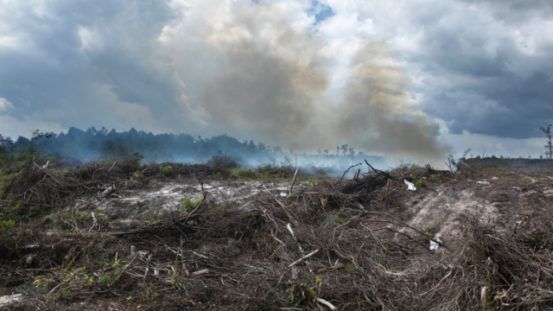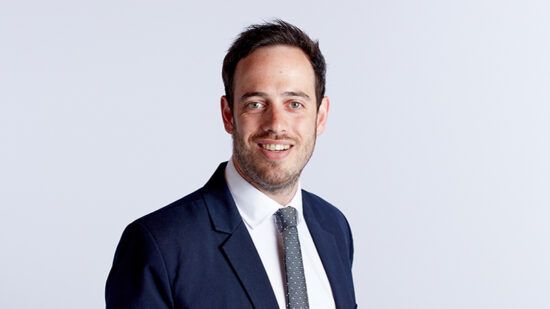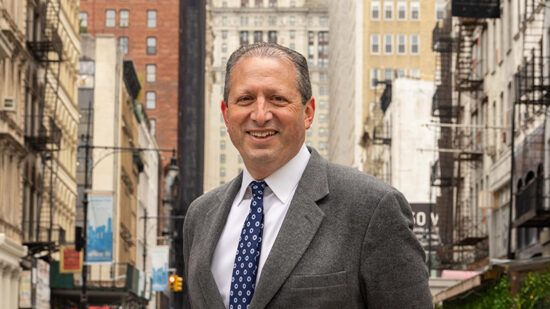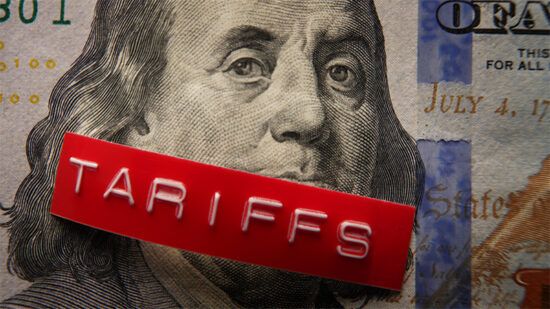Deforestation has wide-ranging environmental and climate consequences but has only recently gotten attention from mainstream investors, says Flora Gaber, a manager of ESG analysis at AP7, the government-run alternative to the private investment funds offered within the Swedish premium pension system.
Gaber recently spoke with Julie Nash, senior program director of food and forests at Ceres, about the global risks it presents and how active investors can work with companies to address them.
This Ceres Q&A is the third in a series for ESG Clarity, featuring investor perspectives on climate change and climate action.
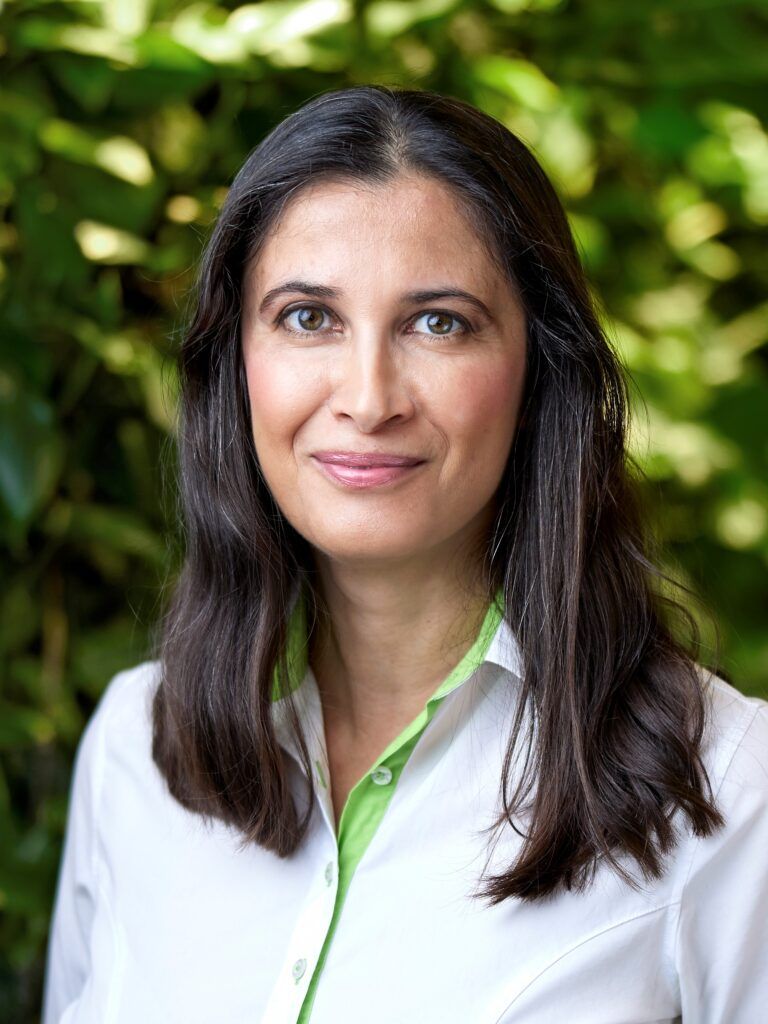
Addressing climate change requires holistic, integrated investment approaches. Can you explain the role of deforestation as a piece of this puzzle?
Many investors have made climate change a consideration in their investing strategies, but too few understand the link between climate and biodiversity issues such as deforestation – these are complex, interconnected systems. As outlined in a joint report by the Intergovernmental Panel on Climate Change (IPCC) and Intergovernmental Science-Policy Platform on Biodiversity and Ecosystem Services, climate change exacerbates risk to biodiversity and both natural and managed habitats, which in turn can affect fluxes of greenhouse gases and support climate adaptation. Deforestation and other nature-averse human activities degrade and threaten ecosystems and impede our ability to combat climate change.
The academic and scientific cases make it clear that deforestation is important from a climate perspective. The IPCC has painted a compelling picture for why and how addressing deforestation and land conversion will play a vital role in achieving global climate goals. Its research reveals 23% of global greenhouse gas emissions come from agriculture, forestry and other land use changes.
Rates of deforestation and forest conversion have remained high, globally, with few exceptions. Notably, the food and agriculture sectors are major contributors to these emissions yet are also very susceptible to climate change and deforestation due to factors such as fluctuating precipitation patterns, droughts and floods.
Is deforestation becoming a higher priority for investors?
Thematic investors and those interested in climate and biodiversity have long paid attention to deforestation, but there was a definite turning point for “generalist” investors a few years ago. A particularly damaging 2021 report from Brazil’s National Institute for Space Research revealed Amazon deforestation hit its worst level in 15 years, having lost more than 13,235 square kilometers of rainforest between August 2020 and July 2021. This helped move deforestation into the mainstream and catalyzed the development of key investor resources that connect deforestation to biodiversity loss, such as the Taskforce on Nature-Related Financial Disclosures (TNFD) framework.
We’ve recently seen new deforestation commitments from investors and world leaders during COP26. These commitments are set against a backdrop of rapidly evolving regulatory requirements. For example, legislators in the EU, US, California and New York have proposed rules that would prevent companies from importing commodities linked to deforestation. Adoption of such rules may lead to additional supply chain volatility or regulatory risk that companies will need to navigate. But we’re also seeing an increase in voluntary standards related to deforestation and climate change, such as the TNFD, and the Science-Based Targets initiative will soon require food and beverage companies to set deforestation commitments as part of the GHG target-setting process. The combination of these factors presents a corporate financial risk of growing concern for investors.
How should investors work together to integrate deforestation into their investment processes?
Investors need to consider strategies that suit their role and deforestation exposure. For example, there’s a difference between a bank with direct lending activities and a universal asset owner invested in public equities.
As a universal owner, AP7 views deforestation as a systemic risk. Deforestation exacerbates climate change, water pollution and other environmental and social problems that impact other companies and supply chains. We utilize active ownership as a way to help mitigate this systemic risk exposure. The efficiency of active ownership is supported in academic literature, but there is currently no empirical support for the hypothesis that companies would improve sustainability practices if investors excluded them from portfolios.
In some cases, exclusion is counterproductive. If AP7 were to take a blanket divestment approach and exclude companies involved in deforestation, we could not put a shareholder resolution to vote.
Companies won’t improve sustainability practices if investors exclude them. It’s more efficient for active managers to focus on sustainability criteria and work with companies to meet them.
How should investors incorporate changes to land use, including deforestation, into active ownership?
Voting at annual general meetings is AP7’s most important tool for reaching and influencing the absolute majority of companies in the fund’s portfolio, and it enables us to drive the fund’s principle-based position on various ESG issues. Again, as universal owners it is important to influence the entire market as systemic risks like climate change and deforestation impact our portfolios.
Investors can also prioritize collaboration with peers and other actors, when possible, via alliances and initiatives. For example, Ceres’ Food Emissions 50 is an investor-led initiative to accelerate progress toward a net zero future.
Deforestation is a systemic, global issue that affects all investors. Take measured actions that are backed up by academic theory and mechanisms, and that consider your specific role and how you can best make an impact.


